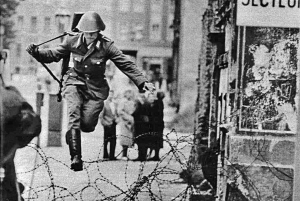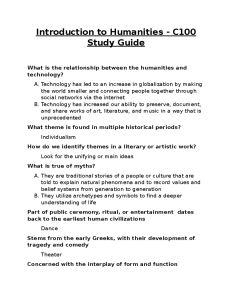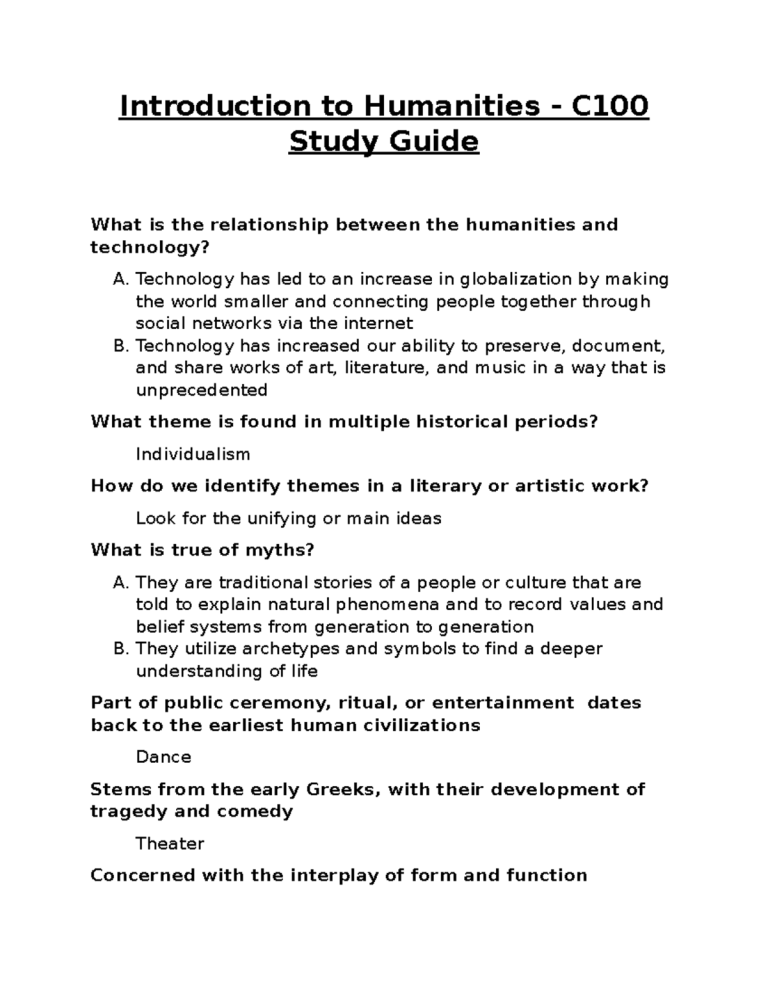The Harvard University Archives is a treasure trove of historical significance and cultural heritage, captivating scholars and history enthusiasts alike. Nestled within the storied walls of Harvard, these archives encompass a wealth of documents, including historic letters and official records that narrate the extensive tapestry of Harvard history. Curated with care, these collections offer a unique glimpse into the lives of notable figures and the evolution of social thought in America, facilitating invaluable archival research. From John F. Kennedy’s heartfelt notes to W.E.B. Du Bois’ profound correspondence, each document serves as a window into the past, enriching our understanding of academia and society. Furthermore, through engaging cultural exhibits, the Harvard University Archives makes history accessible, inviting visitors to explore the legacies that shape our present and future.
Harvard’s archival resources present an essential gateway to understanding the institution’s rich legacy and its role in American history. These extensive university archives preserve an extraordinary range of materials, from letters chronicling pivotal social changes to artifacts that reflect the daily lives of its scholars. The collection not only serves those conducting in-depth archival research but also functions as a resource for cultural exhibits that celebrate Harvard’s diverse narratives. Through the meticulous curation of documents and letters, the archives illuminate the profound connections between individual experiences and broader historical contexts. By engaging with these various resources, visitors gain a deeper appreciation for the cultural and intellectual contributions that Harvard has made throughout the years.
The Intersection of Harvard’s History and American Culture
Harvard University has played a pivotal role in shaping American culture and history. The archives at Harvard not only preserve the university’s accomplishments but also reflect broader societal changes over time. Items like the handwritten letter from John F. Kennedy to his Harvard College classmates illuminate pivotal moments in history, providing insights into the mindset of one of America’s most notable presidents as a young man. This correspondence demonstrates the deep ties between the university and the nation, showcasing how the experiences at Harvard shape influential leaders who navigate the country’s significant challenges.
Similarly, the letter from W.E.B. Du Bois to his mentor, discussing race relations, reveals Harvard’s involvement in essential social discussions that resonate even today. The archives serve as a repository for historic letters and documents that not only narrate Harvard’s tale but are also critical for understanding the historical context of America itself, making them essential for both scholarly research and public knowledge.
The Role of Archival Research in Cultural Exhibits
Archival research is crucial in the creation of cultural exhibits like Harvard’s “Archives Inside Out,” which brings to light the treasures housed within the university’s archives. This exhibit showcases how archivists select and present historic items that tell compelling narratives about both Harvard and America. By utilizing varied artifacts, from letters and photographs to typescripts, these exhibits provide a multi-dimensional view of the past, making it interactive and engaging for visitors. Each artifact is carefully chosen to reflect not just its historical significance but also its contemporary relevance.
The process of conducting archival research encourages collaboration among staff, as evidenced in the selection of items for the exhibit. Archivists like Pam Hopkins and Alison Macdonald bring their unique perspectives, emphasizing the importance of the objects in not only preserving history but also in educating the public. This approach demystifies archival work, showcasing its integral role in cultural storytelling and highlighting how history is a living, evolving narrative.
Highlights from the Harvard University Archives Collection
The Harvard University Archives is a treasure trove of documents and artifacts that chronicle the multifaceted history of the institution. One striking example is the photograph of women computers at the Harvard College Observatory, which illustrates the contributions of women in science, a narrative often overlooked in history. This image not only captures the essence of their work but also symbolizes the broader fight for gender equality in the scientific community. Such artifacts are critical for understanding the diverse narratives that make up Harvard’s legacy.
Another important find is the perpetual calendar belonging to former Harvard president Thomas Hill. This innovative scientific tool highlights the intersection of academia and invention, reminding us that higher education institutions are not just places of learning but also of innovation and creativity. Each selected item from the archives serves to spark curiosity and encourage visitors to explore the rich history embedded within the university’s collections, reinforcing the significance of continuous exploration and scholarship.
The Impact of Historic Letters on Understanding Harvard’s Legacy
Historic letters offer a personal glimpse into the lives of influential figures associated with Harvard University, such as the letters exchanged between Seamus Heaney and Helen Vendler. These correspondences provide insights into the thoughts and emotions of renowned scholars and their intellectual communities. By preserving such personal artifacts, the Harvard University Archives contributes to a broader understanding of the cultural and literary movements of their times, emphasizing how personal narratives intersect with institutional history.
Moreover, letters like Ragan Henry’s correspondence with Joseph Levow Steinberg uncover the social dynamics of Harvard students during the 1950s. These records highlight the experiences of individuals from diverse backgrounds, shedding light on the academic and social pressures they faced. By unearthing these personal stories, archivists at Harvard not only enrich the university’s historical narrative but also promote inclusivity in the understanding of what Harvard represents across different eras.
Understanding Archival Preservation and Accessibility
Preserving historic materials effectively is a cornerstone of the archival profession, ensuring that future generations have access to invaluable insights into the past. The Harvard University Archives employs advanced techniques to digitize documents and letters, making these resources accessible to a wider audience. Items like the typescript documenting Harvard pacifists during World War II exemplify how archival efforts can provide crucial context about historical movements and the diversity of thought within the university community.
This commitment to preserving and sharing knowledge is evident in collaborations with various stakeholders, ensuring that collections reach diverse audiences. In showcasing these historic items in cultural exhibits, archivists engage the public in discussions about historical significance and contemporary relevance, fostering a deeper appreciation of the role archival research plays in understanding our shared history.
Exploring the Future of Harvard’s Archival Collections
The future of Harvard’s archival collections lies in the continuous adaptation to new technologies and methodologies. As the landscape of archival research evolves, so too does the necessity for innovative approaches to preserve and present these historic materials. By embracing digital archiving and public engagement initiatives, the Harvard University Archives is well-equipped to meet the challenges of a rapidly changing information environment. This forward-thinking approach ensures that archival collections remain relevant and accessible to researchers and the general public.
As discussions around equity, diversity, and inclusion gain momentum in society, the Archives aims to reflect a more comprehensive history that includes voices from historically marginalized communities. This effort to diversify collections affirms the importance of representation in archival practices and seeks to illuminate previously overlooked narratives within the rich tapestry of Harvard’s history.
The Significance of University Archives in Academia
University archives play a significant role in the academic landscape by preserving the institutional memory and academic heritage of an institution. Harvard University Archives serves as a model for others, showcasing how effective archiving can support scholarly research and enrich learning experiences. The various items housed within the archives not only support academic inquiries but also provide students and faculty with tangible connections to their intellectual predecessors.
Through the inclusion of diverse materials—from student publications like the Harvard Lampoon to correspondence documenting pivotal historical moments—the archives offer researchers a wealth of information for interdisciplinary studies. This richness highlights the necessity of university archives as a scholarly resource that fosters critical thinking and innovation within academia.
Engaging the Community Through Cultural Exhibits
Cultural exhibits like the one at Harvard are crucial for fostering community engagement and promoting public interest in history. By featuring artifacts from the university archives, these exhibits create a dialogue about the past and its implications for the present and future. Engaging exhibitions that showcase the work of archivists not only highlight the importance of their role but also invite community members to connect with their history in a meaningful way.
Such engagement is particularly vital in times of uncertainty, as demonstrated by the display capturing Harvard’s response to the COVID-19 pandemic. By documenting contemporary events through archival means, the exhibit provides a space for reflection on how history is continually being made. It encourages visitors to consider their place within this ongoing narrative, reinforcing the idea that history is not static, but a vibrant part of our collective experience.
Preservation Techniques in the Harvard University Archives
Preservation techniques are essential to ensuring the longevity of archival materials and artifacts, especially those that are fragile or have historical significance. The Harvard University Archives employs a variety of strategies to protect its collections, including climate control, proper storage solutions, and digitization efforts. Techniques like these not only preserve the physical integrity of items but also make them more accessible to researchers and the public, fostering a greater understanding of Harvard’s contributions to American culture.
Moreover, the archives often collaborates with conservators and preservation experts to assess the condition of materials and implement necessary interventions. This ongoing commitment to preservation reflects a proactive approach to safeguarding the university’s history, guaranteeing that future generations will be able to explore and learn from these important artifacts.
Frequently Asked Questions
What can I find at the Harvard University Archives?
The Harvard University Archives houses a wealth of historical documents, including student records, letters, photographs, and unique artifacts that showcase Harvard’s history. Items like the handwritten note from John F. Kennedy and the letters from W.E.B. Du Bois highlight important moments in both Harvard history and American culture.
How does archival research at Harvard University Archives work?
Archival research at the Harvard University Archives involves accessing a range of primary sources, including manuscripts, letters, and institutional documents. Researchers can explore these collections to gain insights into historical events, figure out Harvard’s impact on society, and study personal stories that reflect broader cultural themes.
What types of historic letters are preserved in the Harvard University Archives?
The Harvard University Archives preserves significant historic letters, such as correspondence from notable figures like John F. Kennedy and W.E.B. Du Bois. These letters provide a unique perspective on societal issues, educational experiences, and historical events that shaped both Harvard and the nation.
Are there cultural exhibits at Harvard University Archives?
Yes, the Harvard University Archives hosts cultural exhibits that showcase select artifacts from its collections. The ‘Archives Inside Out’ exhibit features items that highlight the university’s rich history and its connection to American culture, such as historic photographs and letters.
What role does the Harvard University Archives play in preserving history?
The Harvard University Archives plays a crucial role in preserving history by collecting, maintaining, and providing access to archival materials that document Harvard’s past and its influence on American culture. This includes personal letters, university records, and unique historical artifacts.
How can I access the items in the Harvard University Archives?
To access items in the Harvard University Archives, visit the archives in Pusey Library or use their online catalog and finding aids. Digitized collections are also available, allowing wider access to Harvard’s history from anywhere.
What is the significance of the materials at the Harvard University Archives?
Materials at the Harvard University Archives are significant as they document the university’s historical contributions and reflect social changes over time. Items like student letters, photographs, and institutional records offer insights into the evolving narratives of both Harvard and American society.
Can students and researchers contribute to the collections at the Harvard University Archives?
Students and researchers can contribute to the collections at the Harvard University Archives through donations, discussions with archivists, and collaborations in archival projects, such as public engagement initiatives that highlight diverse histories.
What experiences do archivists at Harvard University Archives share in their work?
Archivists at the Harvard University Archives share experiences of discovering unique items, such as personal letters and historical documents that reveal rich narratives about Harvard history and broader cultural contexts, enriching their understanding of archival research.
| Item | Description | Archivist |
|---|---|---|
| Letter from John F. Kennedy to Harvard Class of 1940 | A draft letter providing an insider’s view of JFK’s personality, discovered by Pam Hopkins. | Pam Hopkins |
| Photograph of Women Computers at Harvard Observatory | Illustrates the invisible labor of women astronomers in the early 1900s, highlighted by Alison Macdonald. | Alison Macdonald |
| Letter from W.E.B. Du Bois to Albert Bushnell Hart (1905) | Correspondence reflecting diverse perspectives on race relations, chosen by Erin Clauss. | Erin Clauss |
| Perpetual Calendar created by Thomas Hill (1885) | Demonstrates scientific curiosity and invention alongside educational pursuits, by Dominic P. Grandinetti. | Dominic P. Grandinetti |
| Screen capture of The Harvard Crimson (March 2020) | Documents Harvard’s response to COVID-19, represented by Sean Crawford. | Sean Crawford |
| Sketches from Harvard Lampoon (1882) | Highlights the history of Harvard student publications, curated by Alexandra Dunn. | Alexandra Dunn |
| Letter from Seamus Heaney to Helen Vendler (2006) | A personal note reflecting Heaney’s friendship with Vendler, shared by Heidi Horner. | Heidi Horner |
| Letter from Ragan Henry to Joseph Levow Steinberg (1953) | Personal correspondence reflecting on race and friendship, by Jehan Sinclair. | Jehan Sinclair |
| Typescript of Harvard Pacifists during WWII (1942) | Personal accounts documenting resistance to military service during WWII, collected by Ed Copenhagen. | Ed Copenhagen |
Summary
Harvard University Archives encompasses rich narratives presented through its archival collections, revealing pivotal moments and figures in both Harvard’s history and America’s evolution. The ‘Archives Inside Out’ exhibit highlights cherished items curated by dedicated archivists, showcasing a tapestry of history that intertwines personal letters, historic photographs, and significant writings. Through these artifacts, visitors gain insight into the cultural and institutional history of Harvard, emphasizing its role in broader societal themes. Each piece serves as a reminder of the valuable contributions archives make to preserving individual and collective memories, thus allowing us to engage with the past as we strive to understand our present and future.









